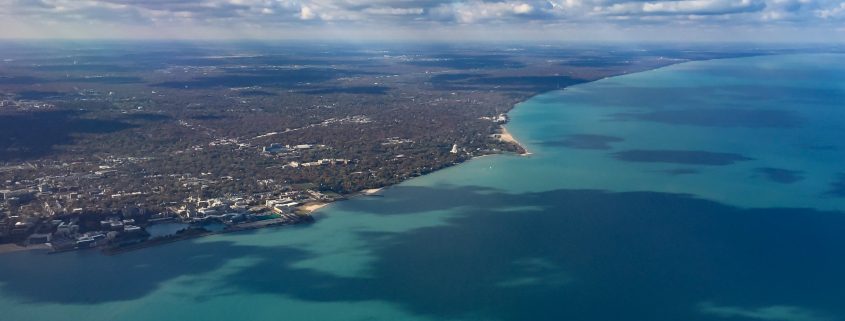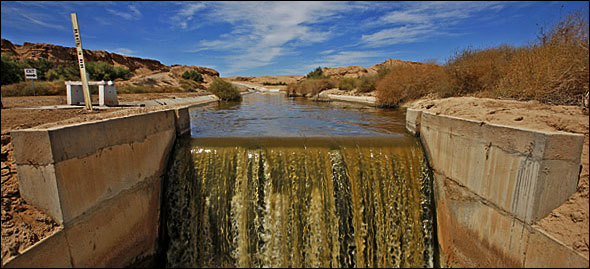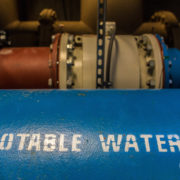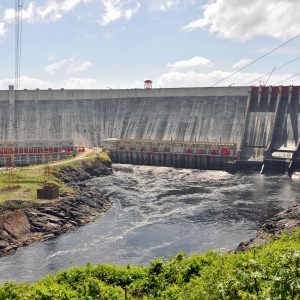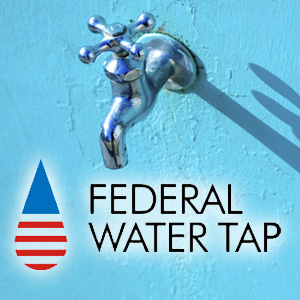EPA Review Finds Clean Water Fund Allocations Need Revision
Funds distributed to the states do not match current state infrastructure needs.
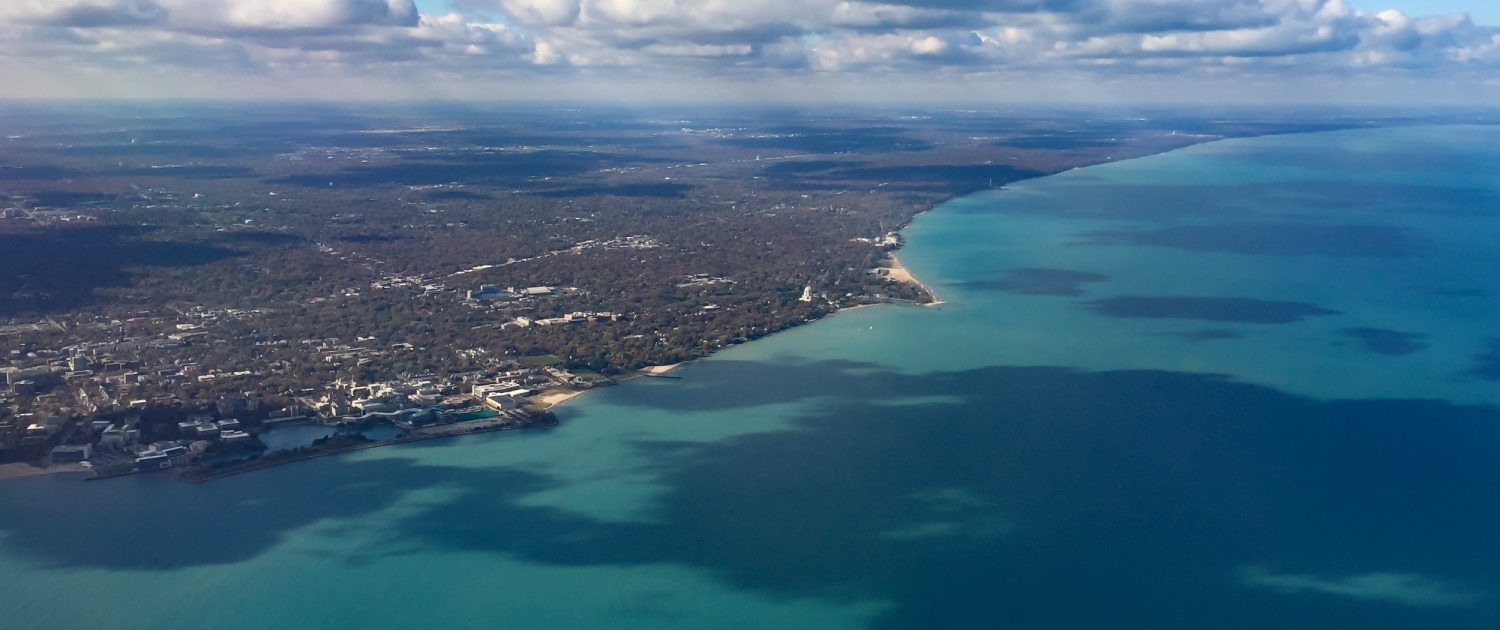
Great Lakes states, like Illinois, on the shores of Lake Michigan, could lose federal money if Congress decides to change the allocation formula for a key clean water fund. Photo © J. Carl Ganter / Circle of Blue
By Brett Walton, Circle of Blue
The distribution of federal funds to states for sewer, wastewater, and stormwater facilities reflects neither changes in state population over the last three decades nor the infrastructure needs for utilities to meet Clean Water Act goals, according to an EPA analysis published this week. The pie ought to be sliced differently, the report argues.
The Clean Water State Revolving Fund is the federal government’s foremost program for investing in local water infrastructure. Revising the fund’s allocation formula, now nearly 30 years old, could drastically shift the resources available to many states and would have the largest effect on small and rural communities, which rely on the loans for expensive projects.
“Crafting an allotment formula has been one of the most controversial issues debated during past reauthorizations of the Clean Water Act,” according to Claudia Copeland, a Congressional Research Service analyst. “The dollars involved are significant, and considerations of ‘winner’ and ‘loser’ states bear heavily on discussions of policy choices reflected in alternative formulations. This is likely to be the case again, when Congress considers legislation to reauthorize the act.”
The EPA report, which was required by the 2014 Water Resources Development and Reform Act, suggests revisions to the allocation formula. The three options presented in the analysis take into account the agency’s needs survey, last updated in 2012, population changes, water pollution measurements, and the use of federal funds to attract outside money.
Depending on the weight given to each variable, state fortunes could shift dramatically. Michigan would see its allotment drop by 62 percent under one option. Arizona, on the other hand, would benefit from a 216 percent rise. In general, the losers are the Great Lakes states. The winners are concentrated in the South and West. To maintain financial stability, however, the agency recommends no change greater than 25 percent. Only Congress can change the formula.
In recent years, Congress has added roughly $US 1.4 billion per year to the clean water fund, which loaned $US 5.4 billion in fiscal year 2014. Just over half the funds went to communities of fewer than 100,000 people.
The money is distributed to the states through an allocation formula based on population and demonstrated need. States, after matching federal funds with a legally required 20 percent state contribution, lend the money at low interest rates to water utilities, sewer districts, and other service providers. New York (11 percent) and California (7 percent) receive the largest shares. Most states fall within the 1 percent to 2 percent range.
The original formula was established in 1987 when Congress abolished the construction grants program, which provided interest-free money for new sewer infrastructure. The grants program then became a loan program. The current formula differs little from the original recipe, though there are now mandatory allocations for Native American tribes and U.S. territories.
Brett writes about agriculture, energy, infrastructure, and the politics and economics of water in the United States. He also writes the Federal Water Tap, Circle of Blue’s weekly digest of U.S. government water news. He is the winner of two Society of Environmental Journalists reporting awards, one of the top honors in American environmental journalism: first place for explanatory reporting for a series on septic system pollution in the United States(2016) and third place for beat reporting in a small market (2014). He received the Sierra Club’s Distinguished Service Award in 2018. Brett lives in Seattle, where he hikes the mountains and bakes pies. Contact Brett Walton

